
The most popular Fire Emblem in Japan is Genealogy of the Holy War, according to Famitsu Poll
Fire Emblem has grown to become one of Nintendo's major game IPs. The fantasy medieval turn-based strategy RPG series has been well-known for the challenging difficulty with a Permadeath feature for ally characters, as well as deep character relationship building with the Support system.
The first game was released on Famicom (NES) in Japan in 1990, although Western players would only start experiencing the IP with the localization of the 7th game on Game Boy Advance. While the series had a slump period, its popularity resurged after the success of Fire Emblem: Awakening on the 3DS.
The most recent issue of Weekly Famitsu magazine has a special coverage on the Fire Emblem series to celebrate its 30th anniversary. And within the article, they also published the poll results of their Japanese readers' most favorite Fire Emblem games. You can find the top five rankings right below.
5th - Fire Emblem: Mystery of the Emblem
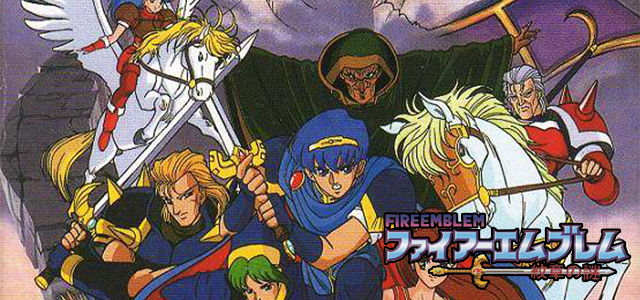
Although there was also a newer remake on the DS in Japan, this entry particularly refers to the original Super Famicom (SNES) release that was out in Japan in 1994. It was comprised of a remake of the first Fire Emblem game on Famicom while also adding a new continuation story to Shadow Dragon. The Dancer class and the Support system both made their debut here. This game is praised for its challenging difficulty, especially in the new storyline stages.
4th - Fire Emblem: The Blazing Blade
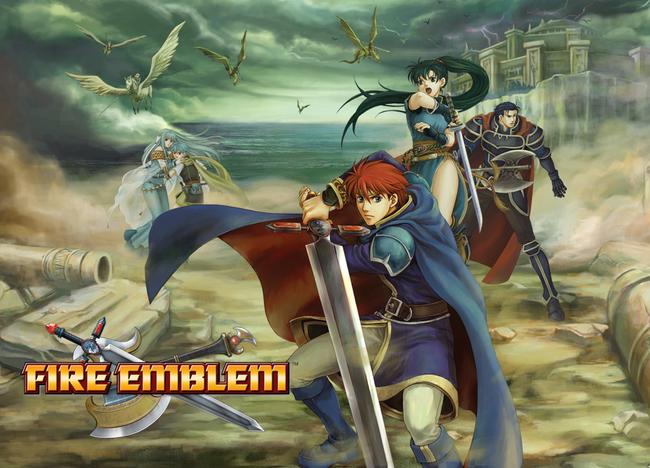
The seventh entry in the Fire Emblem series was released on Game Boy Advance in April 2003 in Japan; Western fans would also remember this as the first-ever Fire Emblem game to be localized outside Japan. This game acts as a prequel to The Binding Blade, which was officially released only in Japan the year before.
Although The Blazing Blade is well-known for its three popular protagonists - Lyn, Eliwood, and Hector, the game also has a precursor of avatar characters in recent games where the player could input any name for their own character who assumes the role of a Tactician that gives orders to other characters. Playing Hector's story in Hard difficulty is also a widely known challenge in the Japanese FE userbase.
3rd - Fire Emblem: Awakening
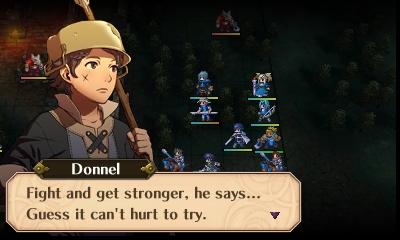
The first Fire Emblem game for the Nintendo 3DS was released in Japan in April 2012 and in the West in 2013. The IP was in a do-or-die situation around the time of Awakening's release, so Intelligent Systems brought in a lot of popular features from prior titles such as avatar creation, world map, marriage, children characters, and the choice between Casual and Classic modes that toggles the Permadeath feature.
Their efforts paid off big time as Awakening successfully exceeded Nintendo's expectations, thus ensuring the series' future. A lot of new fans in both Japan and the West had Awakening as their first FE game. It was also noted for introducing the Pair Up and Dual systems where players can make battles more advantageous by placing adjacent allies.
2nd - Fire Emblem: Three Houses
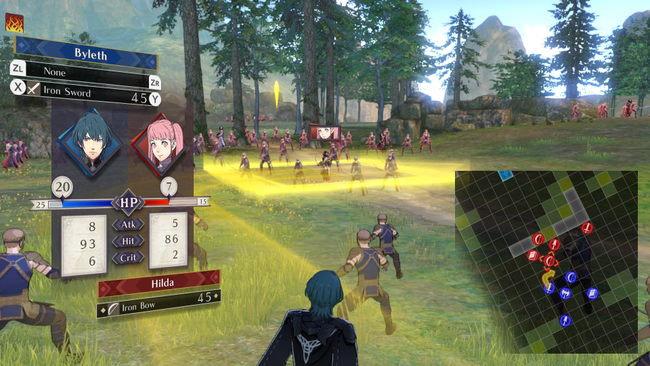
The newest game in the series to date was released worldwide on Nintendo Switch simultaneously last July. Being co-developed by Koei Tecmo - which is known for its Romance of the Three Kingdoms strategy game series, Three Houses took place in a continent that is split into three countries. To mark a long-time return from handheld consoles, Three Houses makes a graphical leap with well-detailed character models, battalions of soldiers in battle scenes, and an explorable academy facility with interactable characters.
The player assumes the role of a mercenary who takes the job of a professor in the neutral academy and chooses one of the three houses - each representing a different country, which also determines the player's allegiance in the upcoming war. Players in Japan are particularly impressed with how the war drama unfolds differently with each house route.
1st - Fire Emblem: Genealogy of the Holy War
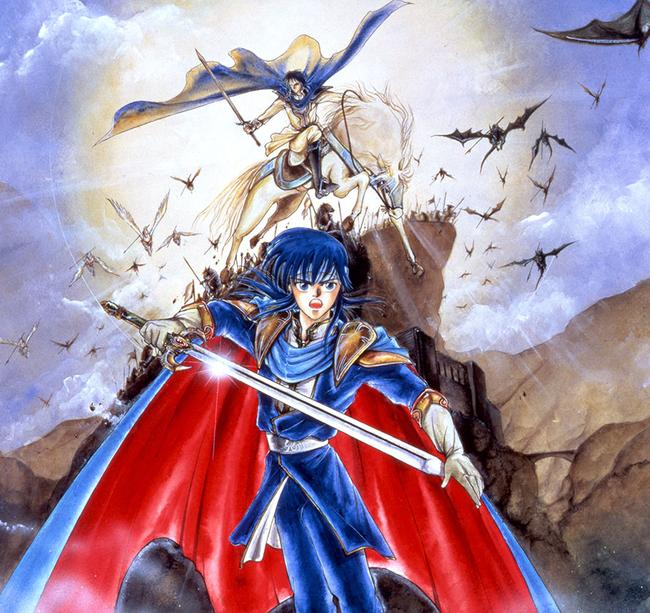
The most popular Fire Emblem game in Japan turns out to be the fourth series entry that was released for Super Famicom in May 1996. Genealogy of the Holy War was also noted for introducing the Weapon Triangle weakness system, as well as the enormous stage maps when compared to prior titles. Contrary to most of the recent titles where a map usually depicts a single castle, one map in this game contains multiple castles that need to be captured in order.
However, Genealogy's most famous features are the storyline that spans through two generations and the marriage system that heavily impacts characters in the second generation. Continuously placing a male and a female character in the first generation next to each other and building up their support points would eventually lead to their marriage that will produce a child who inherits stats and skills from both parents.
The weapon triangle continues to be implemented in almost all subsequent games, and the marriage and children systems were brought over to the 3DS games Awakening and Fates. But the influence from Genealogy of the Holy War doesn't end there. In an interview with us, Intelligent Systems revealed that the main characters' background as former monastery friends served as an inspiration for the setting in the latest game Three Houses.